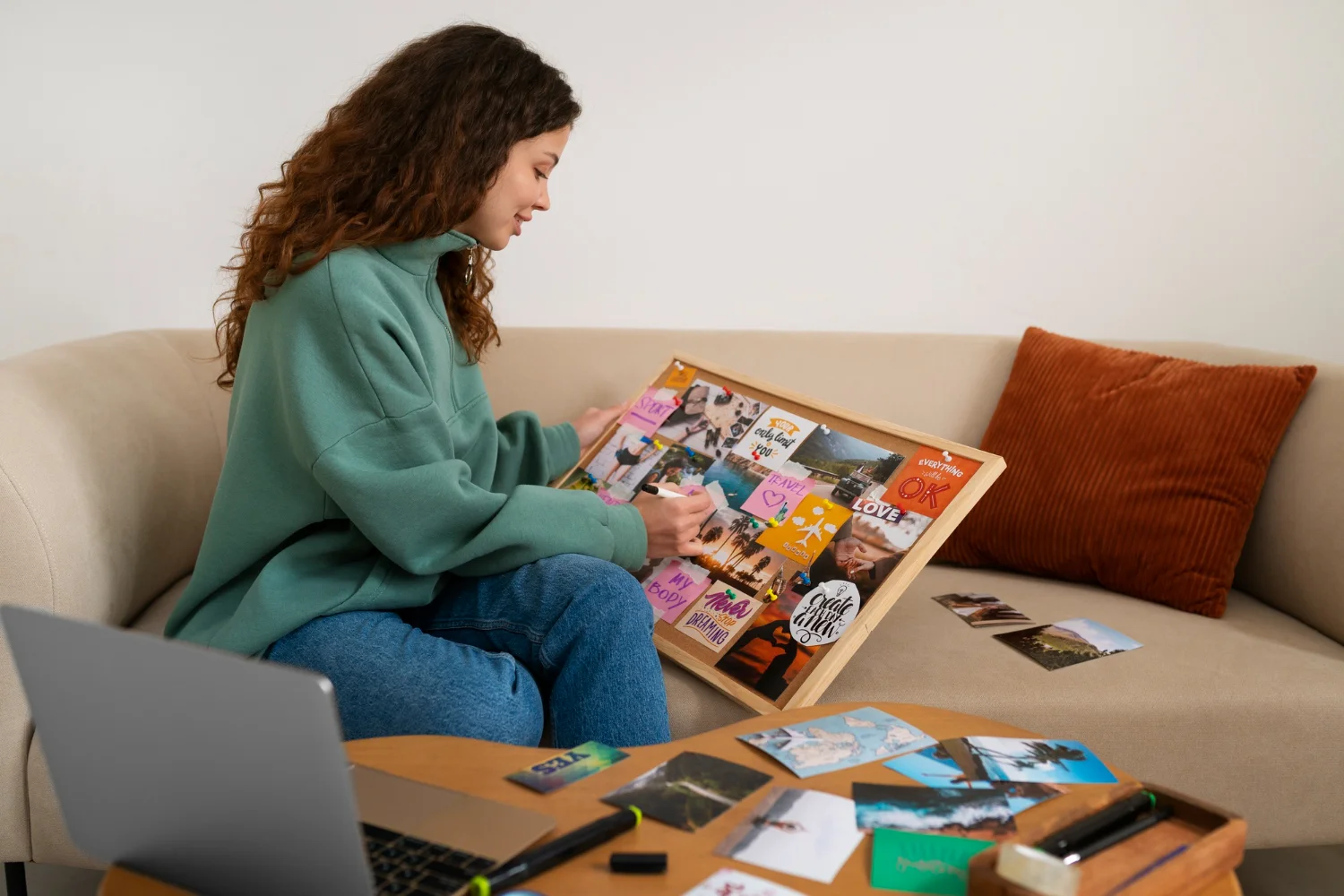
Okay, so here’s a plot twist I didn’t see coming. Last month, I was sitting in my living room, staring at a pile of magazines that looked like a tornado hit a dentist’s office, and I had this thought: “There has got to be a better way to do this.”
Like, I’m already asking ChatGPT to help me write emails and plan my grocery lists, so why not ask it to help me figure out what the heck I actually want in life? Turns out, this AI thing is surprisingly good at helping you get your dreams out of your head and onto something you can actually look at.
And honestly? It’s kind of genius. Because ChatGPT doesn’t judge you for wanting weird stuff, it doesn’t get tired when you change your mind seventeen times, and it definitely doesn’t roll its eyes when you realize your “life goals” are basically just wanting to feel less anxious at Target.
So let me show you exactly how to use this robot friend to create a vision board that actually makes sense for your actual life.
Why ChatGPT Is Actually Perfect for This
Look, I love a good magazine cutting session as much as the next person. But let’s be real about the problems with traditional vision boarding. You’re limited to whatever random images happen to be in this month’s People magazine, you spend three hours looking for the “perfect” picture of a kitchen, and somehow you always end up with seventeen images of the same blonde woman in yoga pants.
ChatGPT fixes literally all of that. It’s like having a really patient friend who knows about everything and can help you figure out what you actually want, not just what’s available in the magazine rack at CVS.
Here’s what ChatGPT brings to the table:
- It asks you questions you wouldn’t think to ask yourself
- It helps you get specific when your brain is stuck on vague stuff like “be happy”
- It can suggest image ideas that actually match your personality
- It doesn’t care if your goals are weird or small or embarrassing
- It remembers what you said earlier, so you can build on your ideas
Plus, and this is key, it forces you to actually think through what you want instead of just grabbing pretty pictures that don’t mean anything to you.
Step 1: The Great Goal Excavation
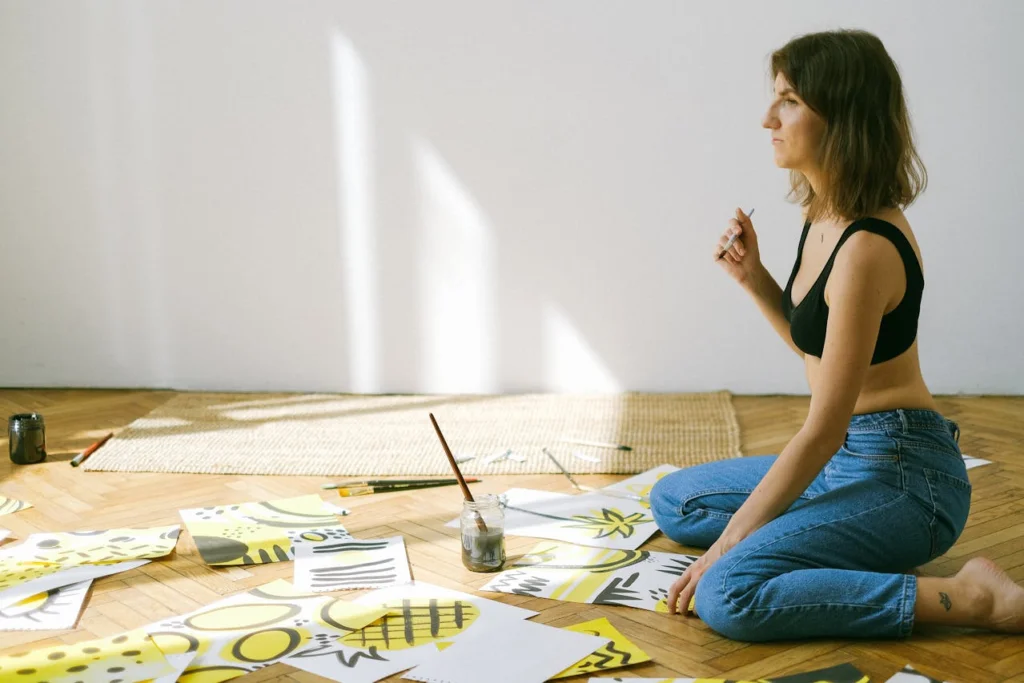
First thing you’re gonna do is open ChatGPT and basically have a therapy session with a robot. Don’t worry, it’s way less weird than it sounds, and definitely cheaper than actual therapy.
Start with something like this:
Your prompt: “I want to create a vision board but I’m not really sure what I want in life right now. Can you help me figure out what goals would actually matter to me? Ask me some questions to help me get specific.”
And then just answer honestly. Like, embarrassingly honestly. Because here’s the thing, ChatGPT literally doesn’t care if your biggest dream is to have a pantry that’s not a disaster zone.
What usually happens: It’ll ask you stuff like what makes you happy, what frustrates you about your current life, what you did as a kid that you loved. And suddenly you’re talking about how you used to love drawing but haven’t picked up a pencil in ten years, or how you want to travel but you’re scared of flying, or how you just want to feel confident ordering at fancy restaurants.
My personal example: I told ChatGPT I wanted “career success” and it kept asking me what that actually meant until I realized what I really wanted was to stop checking my email at 11 PM and feeling guilty about it. Way more specific than “success,” and way more actionable too.
Step 2: Getting Stupid Specific
Once you’ve dumped all your vague dreams onto ChatGPT, it’s time to make them actually useful. This is where the AI really shines, because it’s weirdly good at taking your messy thoughts and turning them into clear pictures.
Try prompts like:
- “I said I want to be healthier, but what would that actually look like in my daily life?”
- “Help me describe my ideal workday in detail, from when I wake up to when I go to bed”
- “I want better relationships, but what specific changes would make me feel more connected?”
The magic question: For every goal you mention, ask ChatGPT: “What would someone actually see if they watched me living this goal?” Because your brain needs concrete images to work with, not abstract concepts.
Real example from my session: I said I wanted to “be more social” and ChatGPT helped me realize I actually wanted to host dinner parties where people stayed late because they were having fun, not because they felt obligated. Now I have an image of my dining table with people laughing and wine glasses everywhere. Way better than just “be social.”
Step 3: Turning Words Into Visual Ideas
This is where ChatGPT gets really useful. Once you know what you want, you need to figure out how to represent it visually. And sometimes your brain just goes blank when you try to think of the right image.
Ask ChatGPT stuff like:
- “What images would represent feeling confident at work?”
- “How could I visually show financial security on a vision board?”
- “What pictures would capture the feeling of having a peaceful home?”
The cool part: It’ll give you options you never would have thought of. Like, when I asked about representing “feeling organized,” it suggested everything from a clean desktop to a weekly planner filled out neatly to someone packing for a trip without panic.
Pro tip: Ask for both literal and metaphorical image ideas. Sometimes a picture of someone meditating captures “inner peace” better than a literal image of your goal.
Step 4: Creating Your Digital Vision Board With AI Help
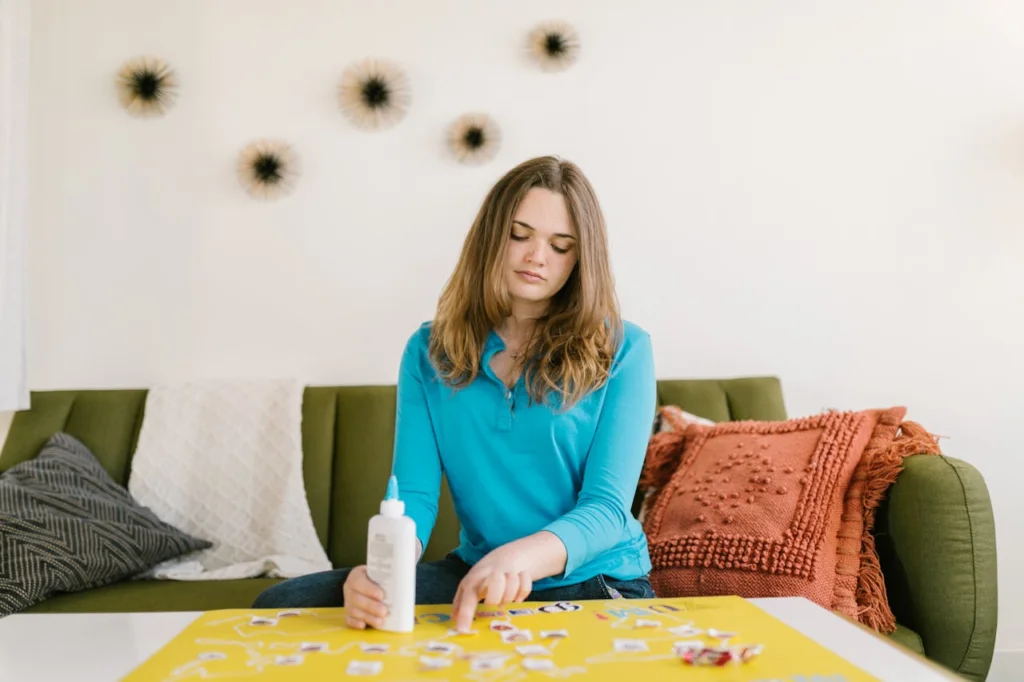
Now here’s where it gets fun. You can actually ask ChatGPT to help you design the whole thing.
Start with layout questions: “I have images for career, health, travel, and relationships. How should I arrange these on a vision board for maximum impact?”
Get specific about design: “Should I group similar goals together or spread them out? What about colors and fonts? How much text should I include?”
My favorite approach: Ask ChatGPT to describe what your finished vision board should look like, then use that description to actually create it in Canva or whatever app you’re using.
Sample ChatGPT layout advice: “Put your biggest, most important goal in the center, then arrange related goals around it. Use colors that make you feel energized, and leave some white space so it doesn’t look overwhelming. Add motivational words, but keep them short and punchy.”
Step 5: The Image Hunt (With AI Assistance)
Okay, so you know what you want your board to include. Now you need actual images. This is where ChatGPT becomes like having a really smart research assistant.
Ask for image search terms: “What should I search for to find images that represent starting a side business?” “Give me specific search terms for finding photos of people who look confident and professional” “What kind of images would show work-life balance?”
Get creative alternatives: “I can’t find the right image for my financial goals. What else could represent money security besides just dollar signs?”
ChatGPT is great at suggesting:
- Stock photo search terms that actually work
- Alternative ways to represent abstract concepts
- Specific scenes or situations to look for
- Ways to find diverse, authentic-looking images
Personal win: I was stuck trying to find images for “feeling at home in my body” and ChatGPT suggested looking for photos of people doing everyday activities while looking comfortable and relaxed. Found the perfect image of someone gardening who just looked completely at ease.
Step 6: The Reflection and Refinement Process
Here’s where ChatGPT becomes like having a really good coach. Once you’ve got your vision board drafted, you can run it by the AI for feedback and improvements.
Try these prompts:
- “Here’s what I included on my vision board: [list everything]. Does this seem balanced? Am I missing anything important?”
- “Looking at my goals, what actions should I focus on first?”
- “Help me identify which of these goals are most important to me right now”
The accountability factor: Ask ChatGPT to help you create specific action steps for each goal on your board. Because a vision board without action is just pretty pictures.
Sample follow-up question: “For my goal of feeling confident in meetings, what are three small things I could do this month to work toward that?”
Advanced ChatGPT Vision Board Tricks
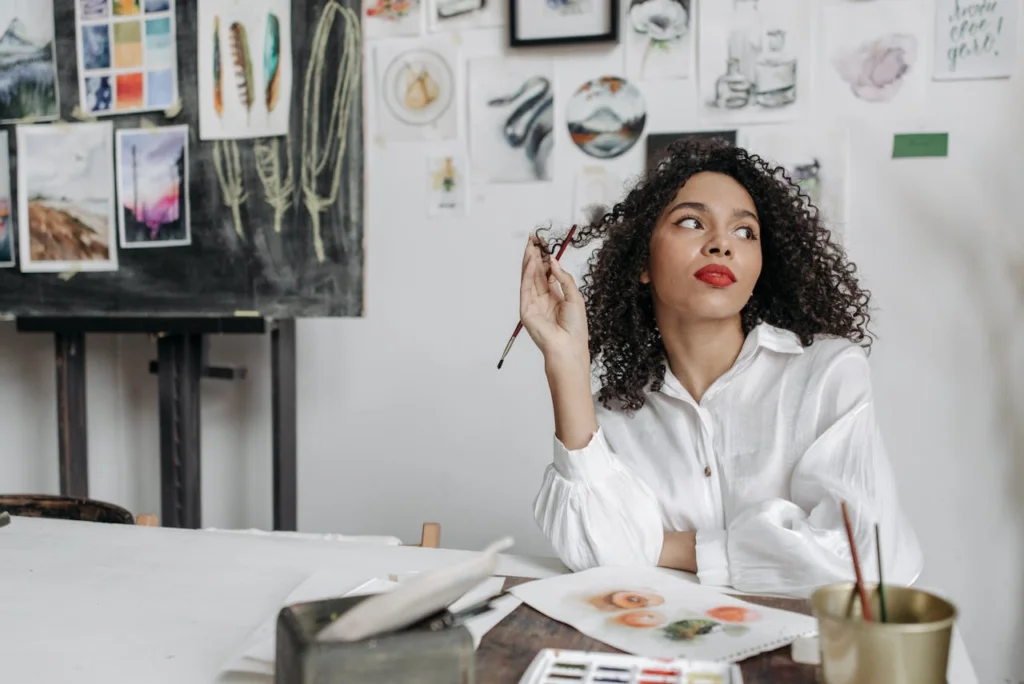
Once you get comfortable with the basics, here are some next-level ways to use AI for vision boarding:
Creating Themed Boards
Ask ChatGPT to help you create focused boards for different areas: “Help me design a vision board specifically for my health goals” or “What should go on a career-focused vision board for someone in marketing?”
Seasonal Updates
“It’s January and I want to update my vision board for the new year. Based on what I accomplished last year [tell it what you did], what should I focus on now?”
Goal Prioritization
“I have fifteen things I want on my vision board, but that feels overwhelming. Help me narrow it down to the five most important ones.”
Obstacle Problem-Solving
“My vision board has all these travel goals, but I’m scared of flying. Help me figure out how to work with this fear or find alternatives.”
What ChatGPT Won’t Do (Important Reality Check)
Let me be clear about something. ChatGPT is not going to manifest your dreams for you. It’s not magic, it’s not going to tell you your life purpose in one conversation, and it definitely can’t make you stick to your goals when motivation gets hard.
What it IS good for:
- Helping you clarify what you actually want
- Brainstorming visual representations of your goals
- Organizing your thoughts when they’re all jumbled
- Asking you questions you wouldn’t think to ask yourself
- Providing accountability and structure for the planning process
What it CAN’T do:
- Know what will actually make you happy
- Force you to work toward your goals
- Replace the actual work of pursuing your dreams
- Understand your personal situation better than you do
Think of it like having a really smart, patient friend who’s good at asking questions and helping you think through stuff. Helpful? Absolutely. Magic? Nope.
My Actual ChatGPT Vision Board Experience
So here’s what happened when I actually did this. I spent maybe an hour total having conversations with ChatGPT about what I wanted in different areas of my life. And honestly? It helped me figure out stuff I’d been fuzzy about for months.
Like, I kept saying I wanted to “travel more” but ChatGPT’s questions made me realize I actually wanted to feel comfortable exploring my own city first. Way more doable than planning international trips I couldn’t afford.
The AI also helped me realize that most of my goals were about feeling different, not having different stuff. Feeling confident, feeling organized, feeling connected to people. Once I got clear on the feelings, finding images became way easier.
The result: A vision board that actually felt like mine, not like something I copied from Pinterest. And six months later, I’ve made progress on most of the goals because they were specific enough to actually work toward.
Your ChatGPT Vision Board Action Plan
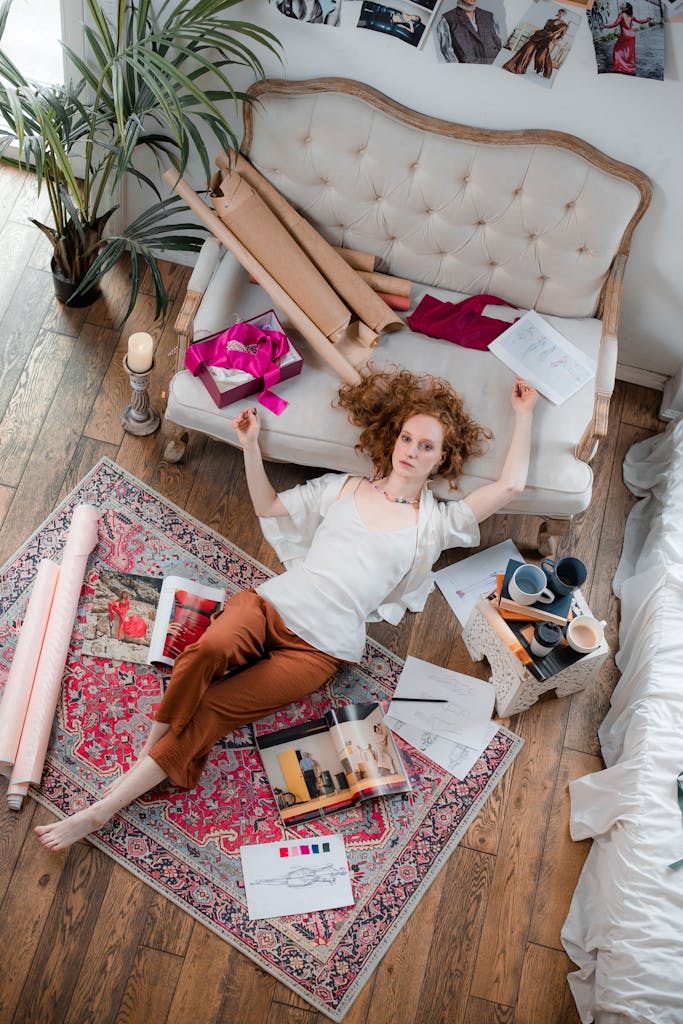
Ready to try this? Here’s exactly what to do:
This week:
- Open ChatGPT and ask it to help you clarify your goals
- Be embarrassingly honest about what you actually want
- Let it ask you follow-up questions until things get specific
- Ask for image ideas and search terms
Next week: 5. Actually find the images and create your board 6. Ask ChatGPT for feedback on your draft 7. Get help creating action steps for your top goals
Ongoing: 8. Check in with ChatGPT monthly to refine and update your goals 9. Use it for accountability and problem-solving when you get stuck
The Bottom Line
Look, using AI to create a vision board might sound a little weird at first. But honestly? It’s just a tool, like using Google to research stuff or using your phone to take pictures. The important part is getting clear on what you want and taking action toward it.
And ChatGPT happens to be really good at helping with the “getting clear” part. It asks better questions than most people, it doesn’t judge your answers, and it remembers what you said earlier in the conversation.
Plus, let’s be real, if you’re going to spend time talking to robots anyway, might as well put them to work helping you figure out your life goals. That feels like a pretty good use of technology to me.
So go have a chat with your AI assistant about your dreams. You might be surprised by what you figure out when someone, even if it’s a robot someone, actually listens to what you want and helps you think through how to get there.
Your vision board is waiting, and apparently, so is your new robot life coach.
Open ChatGPT right now and type: “Help me figure out what I actually want in my life so I can make a vision board that matters.” Then just answer honestly. Your clarity is literally one conversation away.


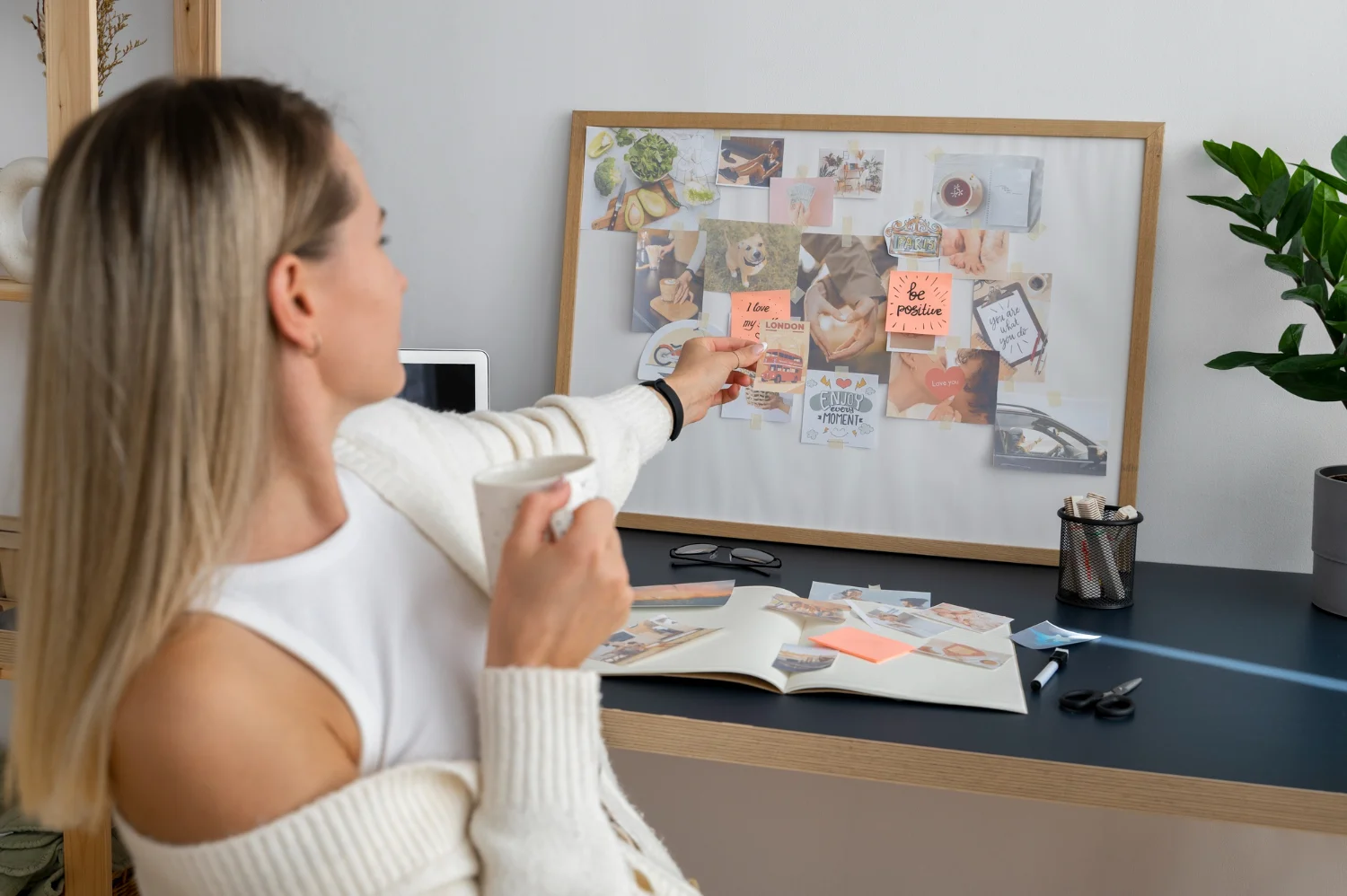
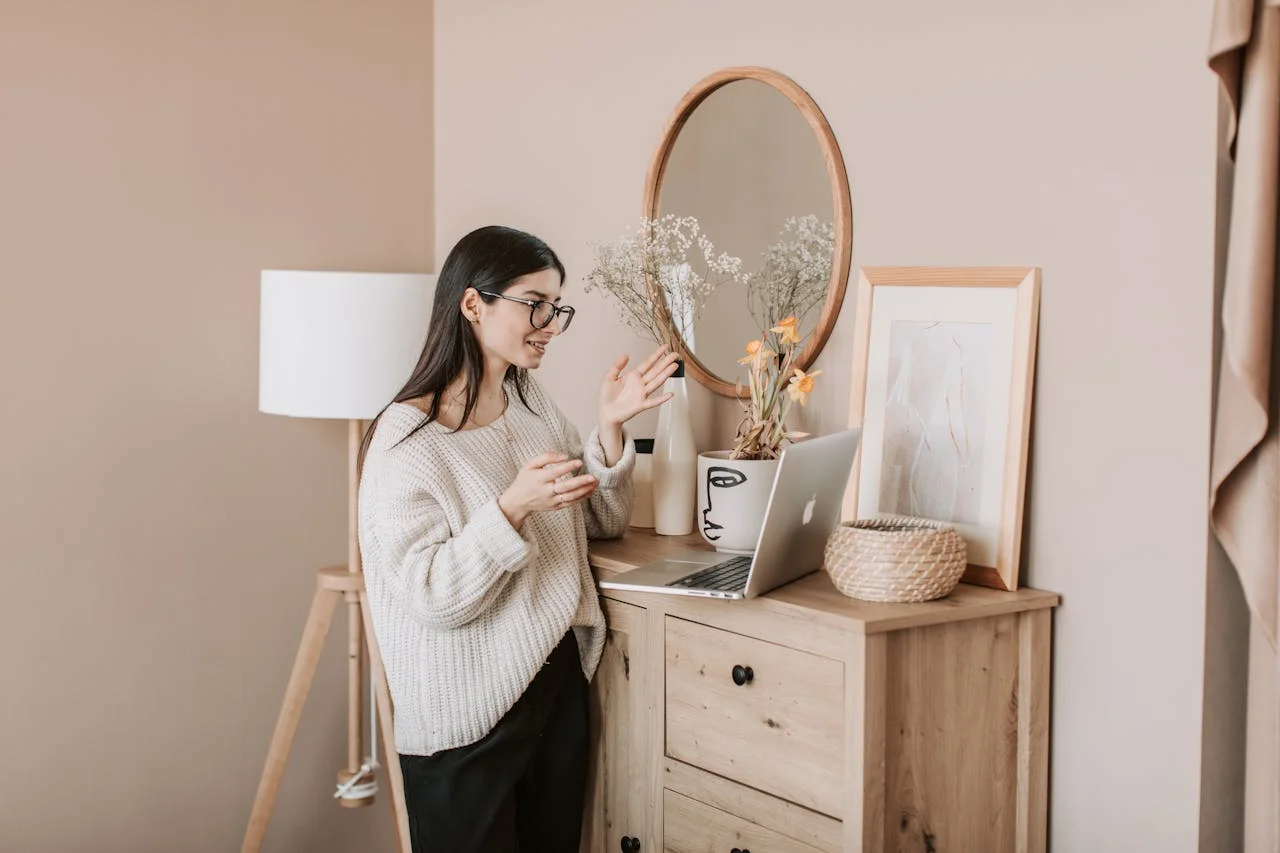
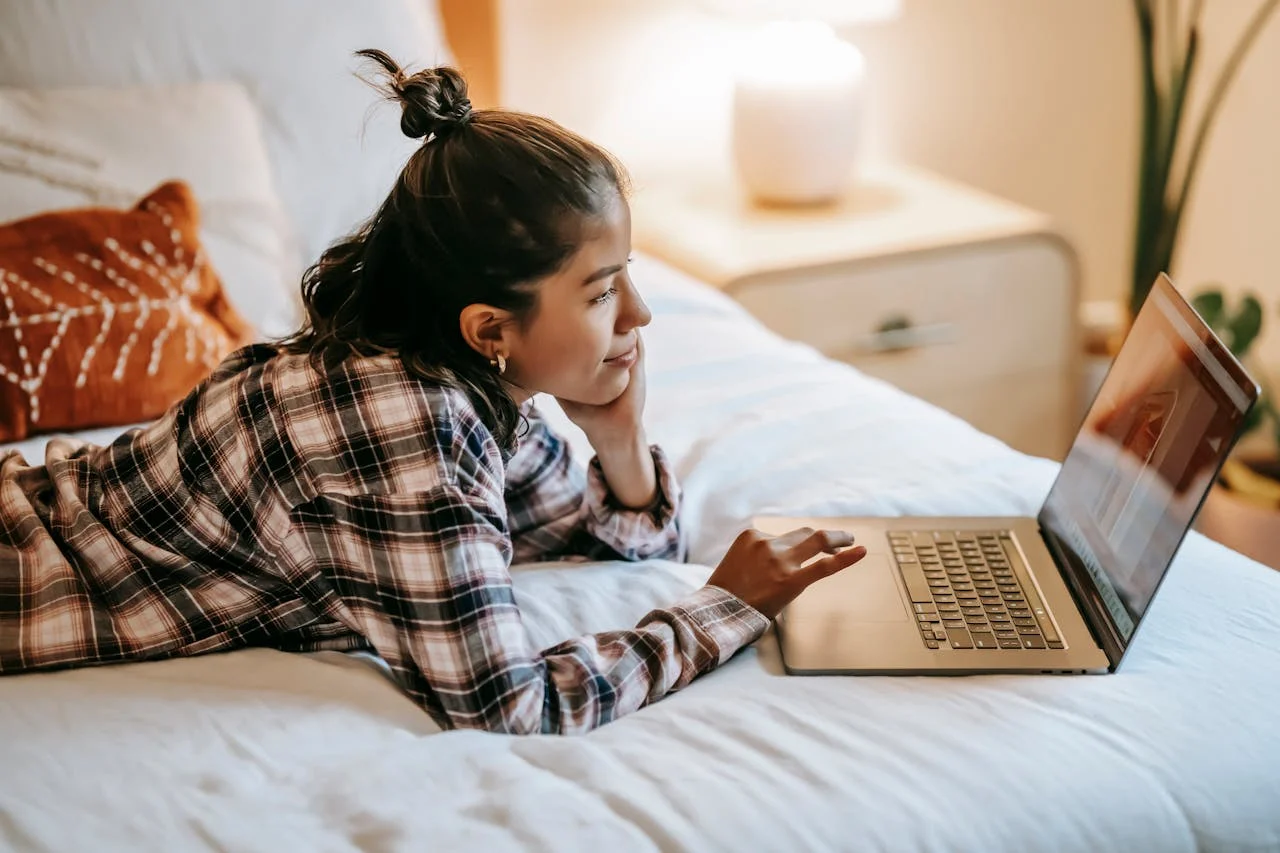
Leave a Reply